
Adventures of an IAE/NPSO Intern
— By Abbie Harold
As a Native Plant Society of Oregon Intern with the Conservation Research Program at the Institute for Applied Ecology (IAE) we travel to remote corners of Oregon that are home to rare and endangered plants, some of which are endemic to Oregon. Many of the locations we visit are areas of critical environmental concern (ACEC) to help protect them from being degraded by human activities, such as mining and off-road vehicle use. As interns we are employed to collect data on these threatened populations of plants and work to conserve these species and their habitat.
Our first adventure of the season was to Canyonville, OR where we planted thousands of Kincaid’s lupine (Lupinus oreganus). Kincaid’s lupine occurs in upland prairies and edge habitat between grasslands and forests with the bulk of its population occupying the Willamette Valley. This species is threatened by habitat loss, agriculture, roadside maintenance, fire suppression, and encroachment from non-native and woody plants. During our time in Canyonville we enjoyed seeing lots of wildlife, including a Southern alligator lizard (Elgaria multicarinata) who inhabited the roadside bank where we were planting a portion of the lupine.
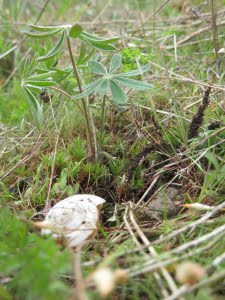
Recently planted Kincaid’s Lupine (Lupinus oreganus)
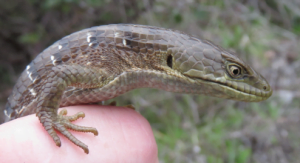
The Southern Alligator Lizard (Elgaria multicarinata)
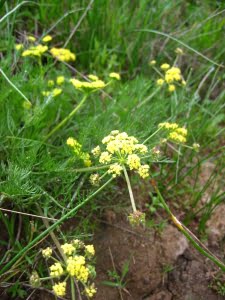
Bradshaw's Desert Parsley (Lomatium bradshawii)
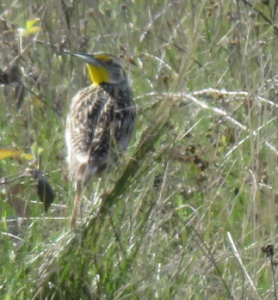
The Western Meadowlark (Sturnella neglecta)
Our second project was based closer to home at the West Eugene Wetlands, where we monitored populations of Bradshaw’s desert parsley (Lomatium bradshawii). Bradshaw’s desert parsley occupies wet prairie habitats, vernal wetlands, and along stream channels with the majority of its population occurring in the Willamette Valley. The wetland prairie habitat in the Willamette Valley are some of the most endangered ecosystems in North America with less than 1 percent of the historic wetland prairies still intact and managed for conservation purposes (Noss et al. 1995). Wetland prairies are important habitat for many wildlife species including the Oregon state bird, the Western Meadowlark (Sturnella neglecta).
One of my favorite weeks, so far, was spent on Table Rocks near Medford, OR. We monitored populations of dwarf woolly meadowfoam (Limnanthes pumila ssp. pumila), one of the many wildflowers present on Table Rocks. The unique habitat atop Table rocks is composed of delicate mounded prairie and vernal pool habitat which is ideal for the dwarf woolly meadowfoam. Vernal pools provide valuable functions for the ecosystem and create unique habitat patches for a variety of flora and fauna. Now more than ever it is important to restore and conserve native species and ecosystems to prevent them from disappearing.
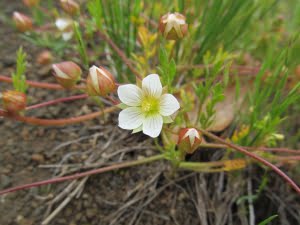
Dwarf Woolly Meadowfoam (Limnanthes pumila ssp. pumila),
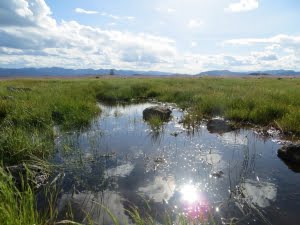
Vernal pool habitat at Lower Table Rocks
I am grateful for my experiences thus far as a conservation research intern with IAE. The work we are involved in will continue to conserve habitat for native flora and fauna and continue to make the world a better place to live.
References
Noss, R.F., E.T. LaRoe III, and J.M. Scott. 1995. Endangered ecosystems of the United States: A preliminary assessment of loss and degradation. National Biological Service, Biological Report 28.
Restoration
Research
Education
Contact
Main Office:
4950 SW Hout Street
Corvallis, OR 97333-9598
541-753-3099
info@appliedeco.org
Southwest Office:
1202 Parkway Dr. Suite B
Santa Fe, NM 87507
(505) 490-4910
swprogram@appliedeco.org
© 2025 Institute for Applied Ecology | Privacy Policy
